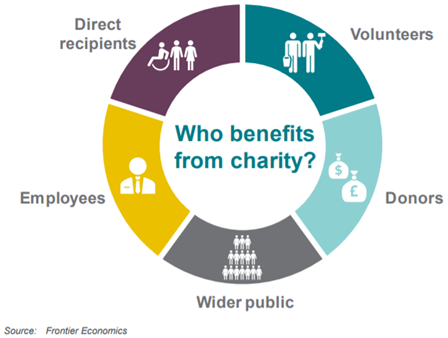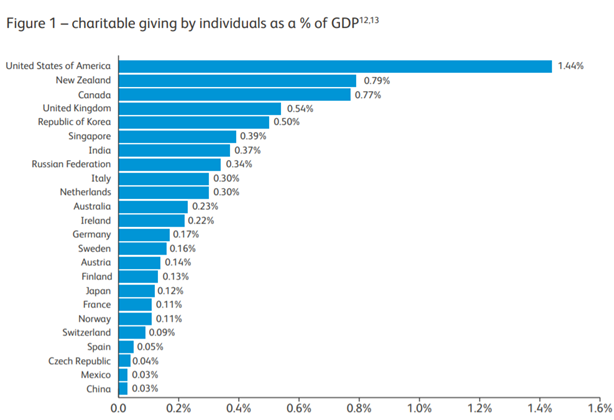Mother Teresa and Economics of Charity
- Economics Association Hyderabad Campus
- Aug 26, 2020
- 4 min read
On this day, the daughter of a construction contractor, Agnes Gonxha Bojaxhiu, who was later known to be as Mother Teresa, was born in Skopje, the current capital of the Republic of Macedonia, in 1910. With a brief look at the early life of Agnes we’ll see why she is known for her great charitable work and called Mother Teresa.
In 1929 she took her first vows as a nun and changed her name to Sister Mary Teresa and began her missionary work in Darjeeling, where she taught wealthy children. In 1931 she went to Calcutta to teach geography at St. Mary’s High School. There she was touched by the poverty surrounding the beautiful school and would often go to the slums on Saturdays to help the poor. In 1948 she was granted permission by Pope Pius XII to leave her order and serve the poor. And finally, in 1950 she founded the Missionaries of Charity, a religious congregation, in Calcutta (Kolkata), with 12 members. One of their main aim was to spread awareness among the greater population to start charity at an individual level. This boosted the emergence of a new sector, namely, charity sector. People started realizing, that charity isn’t favouring a poor, rather serving the needy.
We have a general understanding of the impact of sectors like manufacturing on society: they create jobs, income and goods and services to buy, which has an evident influence on the country’s economy. However, trying to gauge the impact of charity sector on society is a bit more complex. In this write-up we’ll try to address some of the fundamentals of the economy of charity.

The above given figure mentions the 5 major aspects of how the public benefits from charity. Let’s have a closer look at each one of them.
Direct Recipients:
Firstly, The recipients of charitable contributions are directly affected by the Charity sector. By being close to their users, charities have an exact idea of their needs and know how to improve the services as compared to the public and private sector providers. It is often seen that many of the recipients come forward to help in future, subconsciously returning the favour, while a few become philanthropists. This cycle continues.
Volunteers:
Charitable work can bring substantial benefits to volunteers, mainly in the form of enhanced well-being and health benefits. Volunteering and charitable activities have a long-lasting effect of increased life satisfaction and levels of gratitude. Volunteering also enhances skills and employability, especially for marginalised groups of society.
Donors:
Donating leads to greater happiness and fulfilment. There is evidence of a positive feedback loop between charitable spending and happiness, as solicitous spending increases happiness which in turn encourages prosocial spending. These findings were confirmed to have physical manifestations: a study of MRI scans found that the brain's pleasure centres became activated as people decided to donate part of their money to charity.
Employees:
Just like any other sector, the rapidly expanding charitable sector provides a wide scope of employment opportunities. Not just the backward section of society but middle/upper-class people also show active involvement in it. It is also seen that people like to work in this sector as a part-time job, and students look to such work for credits
Wider Public:
Finally, the charity sector contributes to fostering economic and social cohesion at the community level. Involvement in voluntary activities is an expression of participatory democracy. Charitable activities build social capital in the form of increased trust and unity, and promote social inclusion, potentially bringing divided communities together.
These days the term charity is often interchangeably used with philanthropy. Though they are separate domains, they are closely related. In the words of Steve Gunderson, former president of the Council on Foundations, “Charity tends to be a short-term, emotional, immediate response, focused primarily on rescue and relief, whereas philanthropy is much more long-term, more strategic, focused on rebuilding. “Basically, charity and philanthropy both seek to accomplish the same outcome – to address needs and make the world a better place – but the method that philanthropic entities and charitable entities each use to reach that outcome is different.
How does the impact of philanthropy on society differs from that of charity? Let us have a quick grasp of how philanthropy and economy are related.
Ways in which Philanthropy can drive Economic Growth
It educates tomorrow’s business leaders and innovators.
It promotes the construction of cities worth living and working in.
It strikes a balance between profit, society, and the environment.
It builds partnerships across different sectors.
Earlier the two categories used to represent philanthropy in economy were:
Education pipelines and job/skill training (building human capita)
Community resurgence and improving the facilities of place (infusing cultural capital)
These two categories represent the newer approaches to philanthropy:
Social impact investing (innovating economic capital)
Bundling money and networks among sectors (leveraging social capital)
Is any one of the process of giving better than the other? One could argue that promising solutions to social problems can only come from strategic, large-scale, joint efforts, but the importance of immediate need-based giving during times of crisis and boots on the ground organizations working to address urgent needs can’t be dismissed. This might be the reason that today they are fairly influencing the society and economy and are used interchangeably.
After learning these facts, it is evident that charity today plays a significant role in the economy. A 2016 study by philanthropy advisory Charities Aid Foundation (CAF) India estimates the total share of ‘giving’ in India at 0.37% of GDP and stands at 7th position as compared to 1.44% in the U.S.

Though the progress is gentle, with other millions of factors affecting our stance on the Globe, Mother Teresa undoubtedly played a crucial role in igniting the spirit of generosity in many a heart. For that and much more, she would always be remembered as the benign servant of God who uplifted many from poverty and brought the love of the Almighty into our lives.



Comments